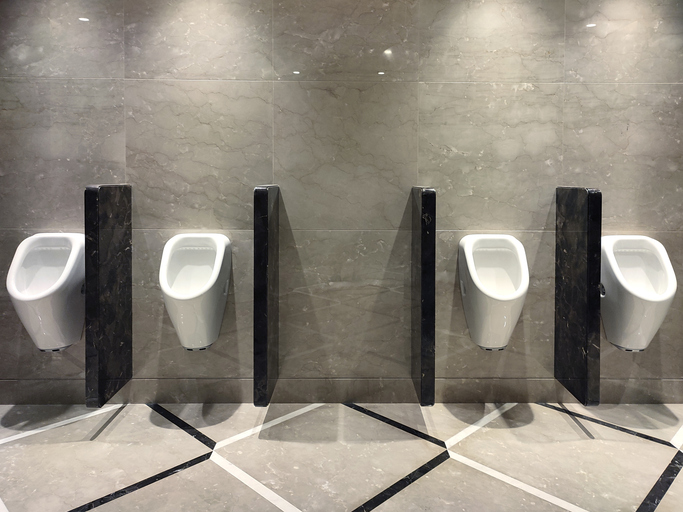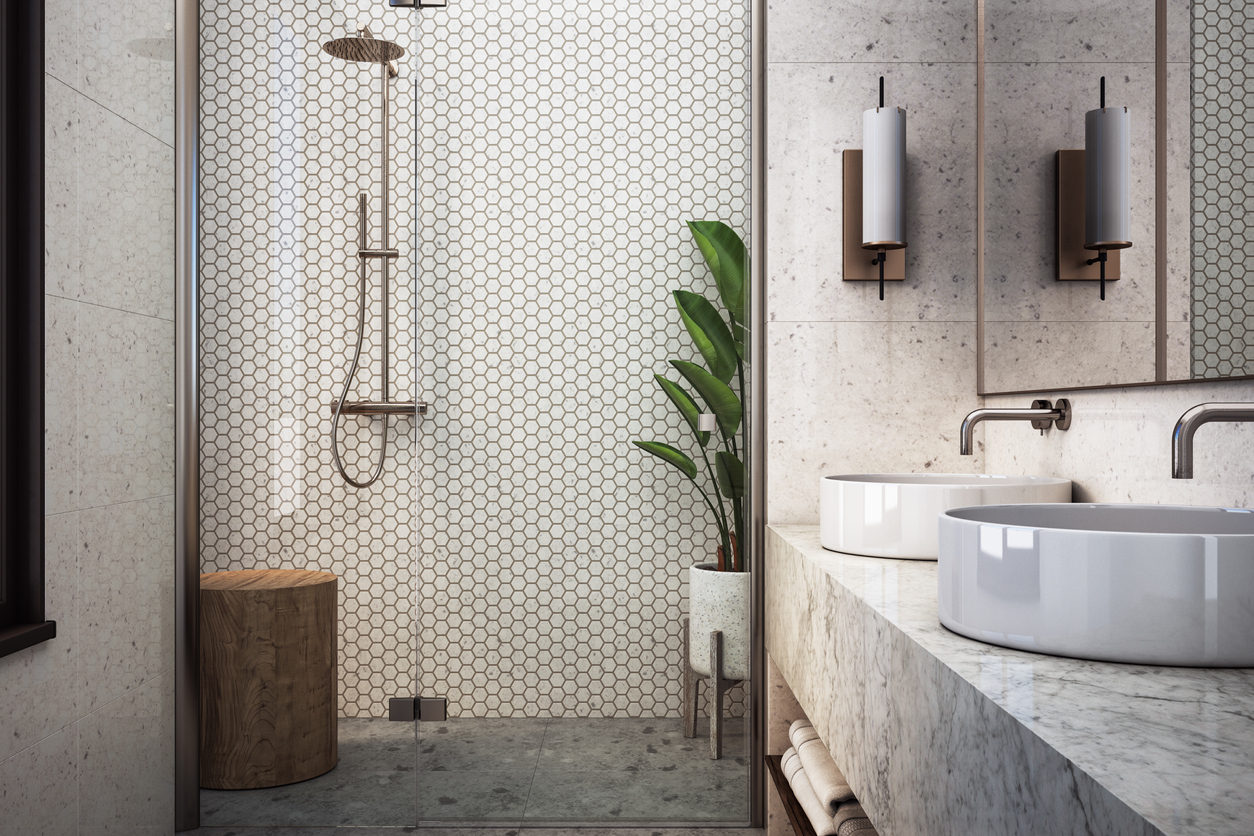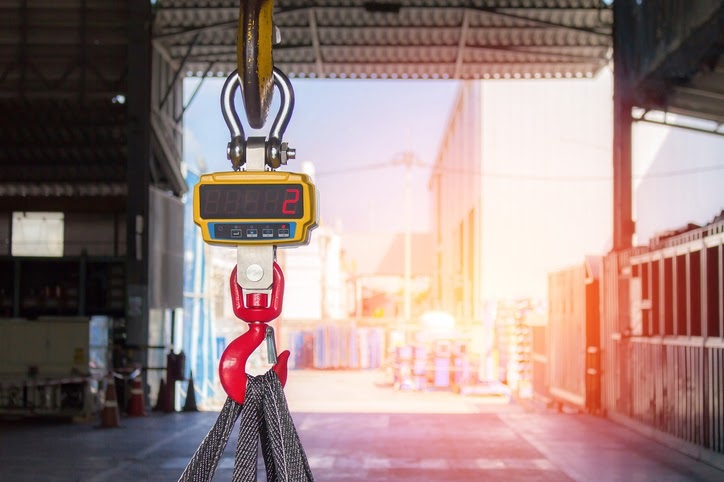Back-to-wall toilets are a type of toilet where the cistern and waste pipes are hidden behind a false wall or panel. They are common in Australia, where they are often referred to as “close coupled toilets”.
This is what most would consider a “traditional” type of toilet with its rear (typically with a tank) adjacent to the wall with the water piping internally installed into the wall. The pan protrudes forward with a rounded pan, with a rounded sealed base.

Benefits of back-to-wall toilet:
There are many benefits of having a back-to-wall toilet.
- One is that it gives the bathroom a neater appearance as all of the pipes and cistern is hidden from view. They are also easier to clean as there are no nooks and crannies for dirt and grime to build up in.
- Another benefit is that they tend to be more compact than other types of toilets, making them ideal for small bathrooms.
Factors to consider back to wall toilet in your bathroom:
If you are considering installing a back-to-wall toilet in your bathroom, there are a few things you need to take into account.
- Firstly, you will need to make sure that there is enough space behind the chosen wall to accommodate the cistern and waste pipes.
- Secondly, you will need to consider what type of cistern you want. There are two main types – concealed and exposed. Concealed cisterns are built into the wall, making them completely hidden from view. Exposed cisterns sit on top of the wall and are visible.
- Thirdly, you need to decide what type of flushing system you want. The most common type is a gravity-fed system, which uses a simple lever to flush the toilet. However, there are also dual-flush systems, which use two levers – one for a full flush and one for a half flush. This is a more water-efficient option as it allows you to choose how much water you use when flushing the toilet.
- Finally, you will need to choose your toilet seat. There is a wide variety of seats available, from simple plastic seats to more luxurious wooden seats. You can also get seats with built-in heating, which can be a nice touch for a cold bathroom.
Installing a back-to-wall toilet is a relatively straightforward process, but it is always best to hire a professional plumber to do the job for you. This will ensure that everything is installed correctly and that there are no leaks.
How to choose a back-to-wall toilet for your bathroom
When choosing a back-to-wall toilet for your bathroom, there are several things you need to take into consideration. The first is the size of your bathroom. If you have a small bathroom, then you will want to choose a smaller toilet. If you have a large bathroom, then you can choose a larger toilet.
The next thing you need to take into consideration is the height of your toilet. You will want to make sure that the toilet is high enough so that you do not have to bend over when using it. If you have a taller person in your household, then you may want to consider getting a taller toilet.
The last thing you need to take into consideration is the type of flushing system that you want. The most common type is a gravity-fed system, which uses a simple lever to flush the toilet. However, there are also dual-flush systems, which use two levers – one for a full flush and one for a half flush. This is a more water-efficient option as it allows you to choose how much water you use when flushing the toilet.
Once you have taken all of these things into consideration, you will be able to choose the perfect back-to-wall toilet for your bathroom.
How to install a back-to-wall toilet in your bathroom
There are a few things you need to do before installing a back-to-wall toilet. First, you need to remove the old toilet from the bathroom. Next, you will need to measure the space where the new toilet will go. Once you have measured the space, you will need to install the new flange for the back-to-wall toilet. Finally, you will need to install the new back-to-wall toilet.
To remove the old toilet, you will first need to turn off the water supply to the bathroom. Next, you will need to flush the toilet several times in order to empty the bowl of water. After the bowl is empty, you can unscrew the bolts that hold the toilet in place. Once the bolts are removed, you can lift the toilet off of the floor.
To install the new flange for the back-to-wall toilet, you will need to place it over the hole in the floor where the old toilet was located. Next, you will need to screw it into place. Once the flange is secure, you can place the new back-to-wall toilet over it. Finally, you will need to connect the water supply line to the new toilet.
Tips for using and cleaning a back-to-wall toilet
If you have a back-to-wall toilet, there are some special considerations to keep in mind when using and cleaning it.
Here are some tips:
-When you flush, make sure you hold the handle down for at least three seconds. This will ensure that the entire bowl is flushed clean.
-Use a brush designed specifically for cleaning toilets to scrub the bowl. A regular household cleaner can also be used.
-Be sure to clean under the rim of the toilet where bacteria can build up.
-Never use harsh chemicals or abrasive cleaners on your toilet as they can damage the porcelain finish.
Back-to-wall toilets are a popular choice for modern bathrooms. They offer a sleek, minimalist look and take up less space than traditional toilet designs. If you’re considering updating your bathroom with a back-to-wall toilet, be sure to read our guide first. We cover everything from installation tips to choosing the right model for your needs. Let us help you find the perfect toilet for your home!









